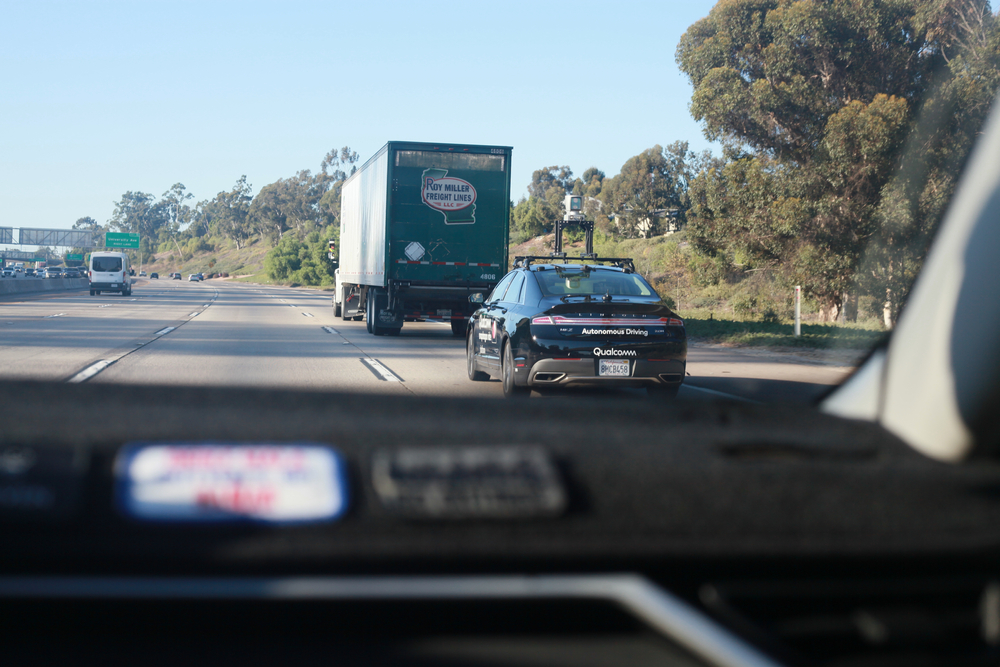
Worries that artificial intelligence may, someday, replace flesh-and-blood truck drivers may be premature. Although officials in states such as California once advocated for driverless semis, the Golden State’s legislature recently made a 180-degree turn. After throwing a bill on California Gov. Gavin Newsom’s desk to hit the brakes on 80,000-pound autonomous commercial vehicles roving highways and city streets, the measure was vetoed.
The stalemate on the West Coast appears to mirror the opposing feelings across the country. Those backing corporate profits see the benefits of not having to pay the salaries that support working families. Others are near-terrified that a computer glitch or hacker could send a big rig barreling into a crowded park, playground, or into unsuspecting motorists and pedestrians. Given how adamant the FMCSA has been about ramping up safety regulations and imposing speed limiters, trucking industry advocates recently outlined reasons why driverless trucks are at an impasse.
AI Not Developed for Heavy Duty Commercial Vehicles
Initial driverless technology was designed for lightweight passenger vehicles. A Class 8 rig, by contrast, weighs upwards of 33,000 pounds and 80,000 with a full load. To say that AI could be equally safe and effective seems counterintuitive. Tractor-trailers require long distances to stop safely and that calls for a real person to identify potential risks on and off the road. Current AI software cannot notice children kicking a ball that could roll into the road 50 yards away and take precautions.
Trucks Lack Back-Up Safety Systems
Unlike passenger vehicles, heavy duty commercial vehicles lack significant safety redundancies. When a trucker’s brakes fail or a school bus barrels out from a side street, the operator often bravely chooses to drive it into a ditch. By contrast, cars and SUVs have secondary safety measures such as emergency brakes and can be integrated with engine shutdown technologies. A lightweight vehicle can stop much more quickly.
Long-Haul AI Proves Impractical
The notion of battery-electric autonomous trucks traversing thousands of miles sounds futuristically exciting. Problem is: Who recharges these big rigs every 300-500 miles? The same holds true for long-distance diesel trucks. At the end of the day, it’s conceivable to schedule a short, well-defined run along designated driverless truck routes. But the idea of managing weigh stations, road closures, and sometimes unruly passenger vehicle motorists isn’t pragmatic.
At the end of the day, the general public doesn’t appear comfortable with large trucks operating without a decision-maker on board. That’s largely why California lawmakers pushed Gov. Newsom to pause such policies.
Sources:
https://www.ttnews.com/articles/7-roadblocks-widespread-adoption-autonomous-trucking











Leave a Comment